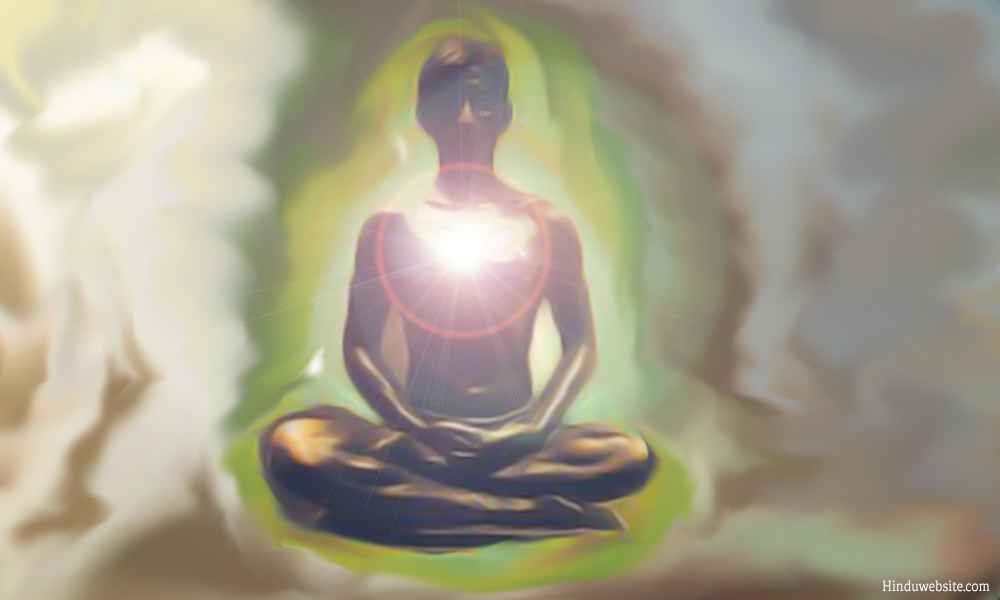
What is the Highest Yoga?

Tradition recognizes three basic types of yoga, contemplation upon the body, contemplation upon the Self and contemplation upon the Supreme Self.
- The first one is physical yoga, or bhautika yoga.
- The second one is adhyatmika yoga or Samkhya yoga.
- The third one is Isvara yoga or Brahman yoga.
In the first type of yoga, a yogi practices concentration and meditation upon the elements, organs and aggregates of the body and the mind. Most of the yogas that are practiced today in the modern world fall into this category.
Physical yoga leads to physical wellbeing and some inner purification.
It is not very effective spiritually but a useful method for beginners and worldly people.
The second one requires contemplation upon the Self, as suggested in the classical yoga of Patanjali, with concentration and devotion (paridhana). Hence it is also called Samkhya yoga.
It leads to self-transformation and absorption in the Self (samadhi) resulting in the cessation of the mental modifications which in turn leads to equanimity, stability and sameness.
This yoga is practiced by many yogis, who do not necessarily believe in the Supreme Self or those who are more introverted and spiritual without being drawn to God.
In the third type of yoga, one practices concentration and contemplation upon the Supreme Lord (mahesvara) with utmost devotion by which after a prolonged practice one is able to perceive the Supreme Self within oneself and also everywhere.
It leads to oneness with Brahman, supreme bliss and the highest wisdom.
According to Vijnanabhiksu, a classical commentator, Brahman yoga is considered the highest and the greatest (maha) yoga. In that one perceives the Supreme Self in a state of union (ekam sa). Of all the yogas, it is the best and the highest.
He states that other yogas are not even equal to one sixteenth of it. In that state of liberation, a yogi perceives the whole universe filled with the effulgence of Supreme Self.
If you want to achieve supreme peace and liberation, begin your practice of yoga with physical yoga and then proceed to the yoga of the Self and finally to the yoga of the Supreme Self.
In this journey, detachment, dispassion, and renunciation along with the practice of virtues (yamas and niyamas) is a must.
Suggestions for Further Reading
- Simple Miracles of Yoga
- How to Solve Problems With Spiritual Help?
- What is True Surrender
- Is Enlightenment the Right Word for Spiritual Liberation?
- Total Mind Body Awareness
- Yoga, longevity and quality of life
- Yoga's Best Kept Secrets, Citta, Purusha, Prakriti And Liberation
- About The Yoga Sutras of Patanjali
- Hinduism and yoga
- All About Yoga and Yoga Techniques
- The Meaning and Purpose of Yoga
- The Meaning and Purpose of Yoga
- Hinduwebsite.com - Yoga Home Page
- The Doctrine and Practice of Yoga
- The Yoga Sutras - Featured Translations
- Purusharthas in Hinduism
- The History, Antiquity and Chronology of Hinduism
- Ashrama Dharma in Hinduism
- Hinduism and Buddhism
- Hinduism and Caste System
- Hinduism and Celibacy or Brahmacarya
- Essays On Dharma
- Esoteric Mystic Hinduism
- Introduction to Hinduism
- Hindu Way of Life
- Essays On Karma
- Hindu Rites and Rituals
- The Origin of The Sanskrit Language
- Symbolism in Hinduism
- Essays on The Upanishads
- Concepts of Hinduism
- Essays on Atman
- Hindu Festivals
- Spiritual Practice
- Right Living
- Yoga of Sorrow
- Happiness
- Mental Health
- Concepts of Buddhism
- General Essays